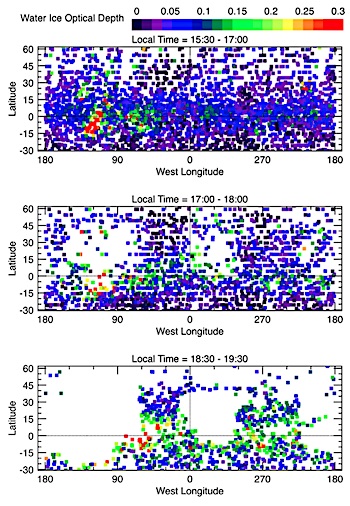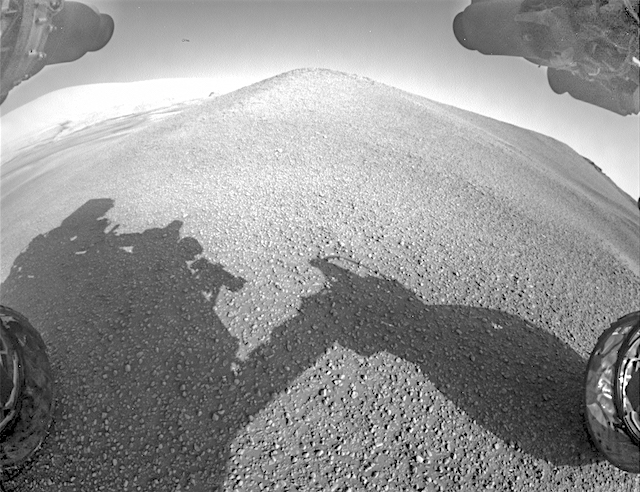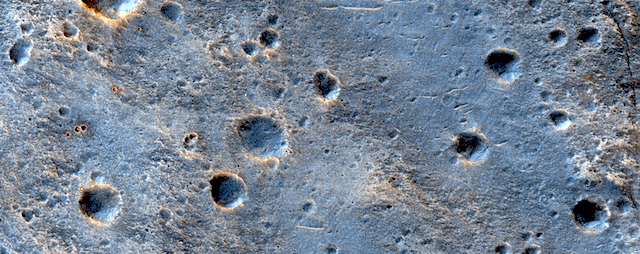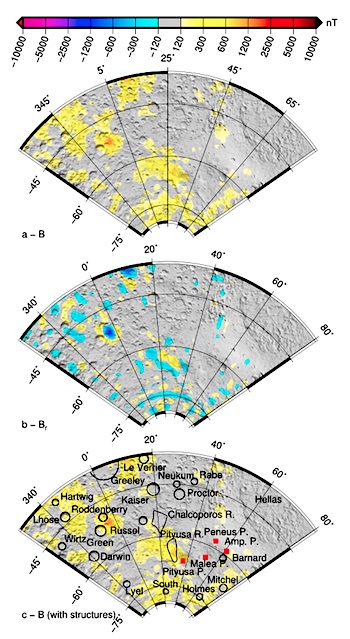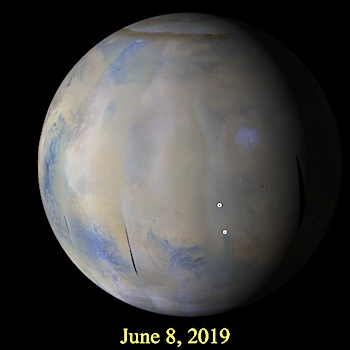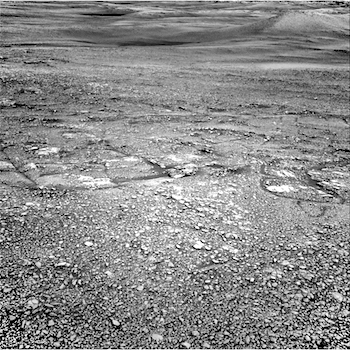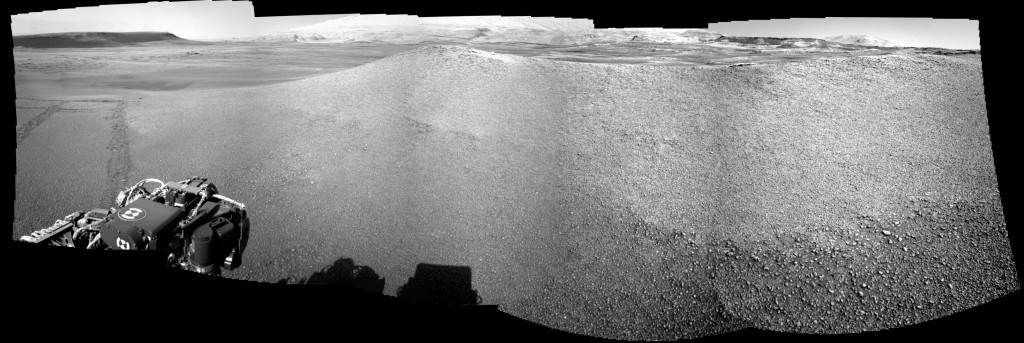 Sol 2435, June 13, 2019. The ridge at Waypoint 4 is the latest stop for Curiosity. As detailed here, the ridge is of geological interest because its origin is unclear to mission scientists and may shed light on the Glen Torridon clay-bearing unit. The Navcam view above combines five frames; click the image to enlarge it.
Sol 2435, June 13, 2019. The ridge at Waypoint 4 is the latest stop for Curiosity. As detailed here, the ridge is of geological interest because its origin is unclear to mission scientists and may shed light on the Glen Torridon clay-bearing unit. The Navcam view above combines five frames; click the image to enlarge it.
-
Recent Posts
Archives
Links
general
mission instruments
- CRISM: Compact Reconnaissance Imaging Spectrometer for Mars
- CTX: Context Camera
- HiRISE: High Resolution Imaging Science Experiment
- MARSIS: Mars Advanced Radar for Subsurface and Ionosphere Sounding
- SHARAD: Shallow Radar
- THEMIS: Thermal Emission Imaging System
missions
- All Mars missions list
- Curiosity rover
- ExoMars
- Hope (al-Amal) orbiter
- InSight
- Mars Atmosphere and Volatile Evolution Mission (MAVEN)
- Mars Exploration Rovers (MER)
- Mars Express (MEX)
- Mars Odyssey
- Mars Orbiter Mission (MOM) / Mangalyaan
- Mars Reconnaissance Orbiter (MRO)
- Mars Science Laboratory (MSL)
- Perseverance Rover
- Tianwen-1 orbiter/rover
news









